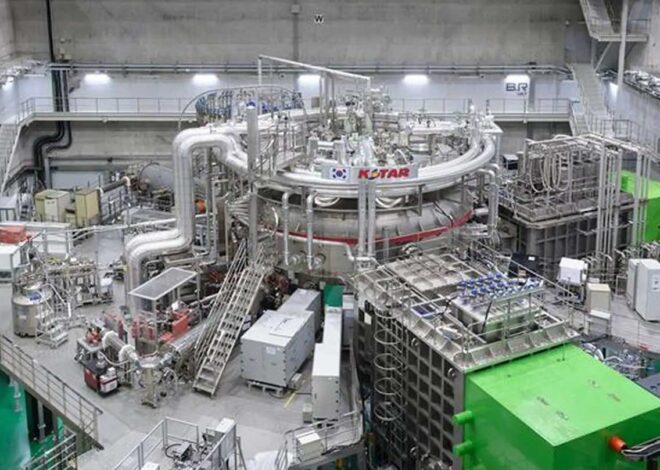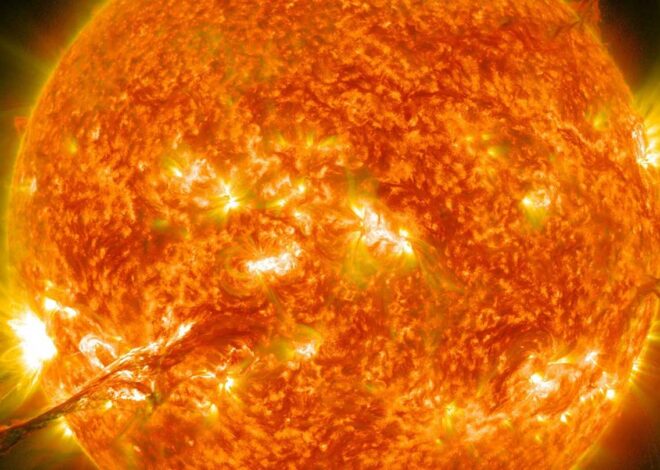
Aditya L1 Mission: A New Window into the Sun
Aditya L1 Mission: A New Window into the Sun
Introduction
The Aditya L1 mission is a very important one, as it will be the first Indian mission to study the Sun in detail. The spacecraft will be placed in a halo orbit around the L1 point, which will allow it to continuously view the Sun without any occultations. This will give scientists a unique opportunity to study the Sun’s atmosphere and its effects on space weather.
Scientific objectives
The Aditya L1 mission is carrying seven payloads, which will be used to study the Sun’s photosphere, chromosphere, and corona. The payloads will use a variety of instruments, including electromagnetic detectors, particle detectors, and magnetic field detectors. The data collected by the Aditya L1 mission will help scientists to better understand the Sun’s atmosphere and its effects on space weather.
The Aditya L1 mission is scheduled to be launched in 2023. It is a very important mission, and it is expected to make significant contributions to our understanding of the Sun.
Read This Also: Chandrayaan-3 Mission: Pragyan Rover did ‘moonwalk’, covered a distance of 8 meters, know the latest updates
Here are some of the specific scientific objectives of the Aditya L1 mission:
- Study of Solar upper atmospheric (chromosphere and corona) dynamics.
- Study of chromospheric and coronal heating, physics of the partially ionized plasma, initiation of the coronal mass ejections, and flares
- Observe the in-situ particle and plasma environment providing data for the study of particle dynamics from the Sun.
- Physics of solar corona and its heating mechanism.
- Diagnostics of the coronal and coronal loops plasma: Temperature, velocity and density.
- Development, dynamics and origin of CMEs.
- Identify the sequence of processes that occur at multiple layers (chromosphere, base and extended corona) which eventually leads to solar eruptive events.
- Magnetic field topology and magnetic field measurements in the solar corona .
- Drivers for space weather (origin, composition and dynamics of solar wind .
The Aditya L1 mission is a very ambitious one, and it is expected to make significant contributions to our understanding of the Sun. The data collected by the mission will be used to improve our understanding of the Sun’s atmosphere, its effects on space weather, and the origins of space weather events.




